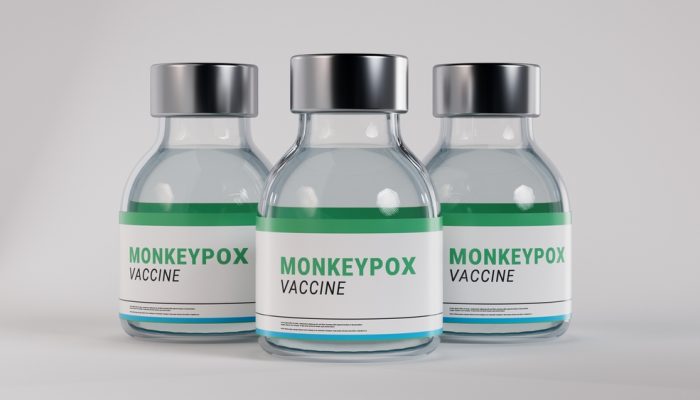The Health Department has been giving out vaccine to thousands of Philadelphians who have either been exposed or are likely to be exposed to monkeypox. However, there has not been enough vaccine to give it to everyone who needs it.
To combat the high demand and severe shortage of the vaccine, we will begin implementing a new strategy at all vaccine clinics. The Health Department can make this change because of a recent emergency use authorization by the U.S. FDA. Now, after scientific review by the FDA and CDC, it has been determined that it is safe and effective to give a lower dose of the JYNNEOS vaccine intradermally.
Intradermal administration of a vaccine is a bit different than most vaccines you get. It’s given at a lower dose (only 20% of the doses we’ve been giving out so far), and it’s injected into the layers of your skin, similar to how you would get a TB test. We have been giving monkeypox vaccine subcutaneously, which means deeper into your arm, in the fat layer.
Doing it this way lets us get up to five times as many doses out of the vial. Which means we can vaccinate up to five times as many people.
Scientific evidence supports the safety and effectiveness of giving this vaccine this way. A 2015 NIH-funded clinical study of the JYNNEOS vaccine compared a lower volume of the vaccine administered intradermally to a larger dose given subcutaneously. Results of the study showed that both groups produced similar immune responses to the vaccine. Other vaccines can also be given this way when there are shortages. It’s been done before for vaccines for Hepatitis B and rabies. Other studies comparing intradermal to other administration routes with hepatitis b, rabies, and flu vaccines showed similar immune response with both routes.
Giving monkeypox vaccine this way is not for everyone, though. Children under the age of 18 cannot get vaccinated this way. People who are prone to keloid scarring should not receive vaccine intradermally and can get vaccine subcutaneously instead. Talk to your healthcare provider to see what will be best for you.
As far as side effects, the injection site of the intradermal shot has been shown to be a bit redder and itchier, but it’s also less painful than with the subcutaneous injection. The bump at the site may also be longer lasting – months as opposed to weeks.
The vaccine is still only available by invitation only. If you’d like to talk to someone about whether you are eligible to receive a vaccine, call the Health Department Call Center at 215-685-5488.
We believe that the best way to keep our community safe is to get everyone at risk vaccinated. By making more vaccine available, we can accomplish this goal.




